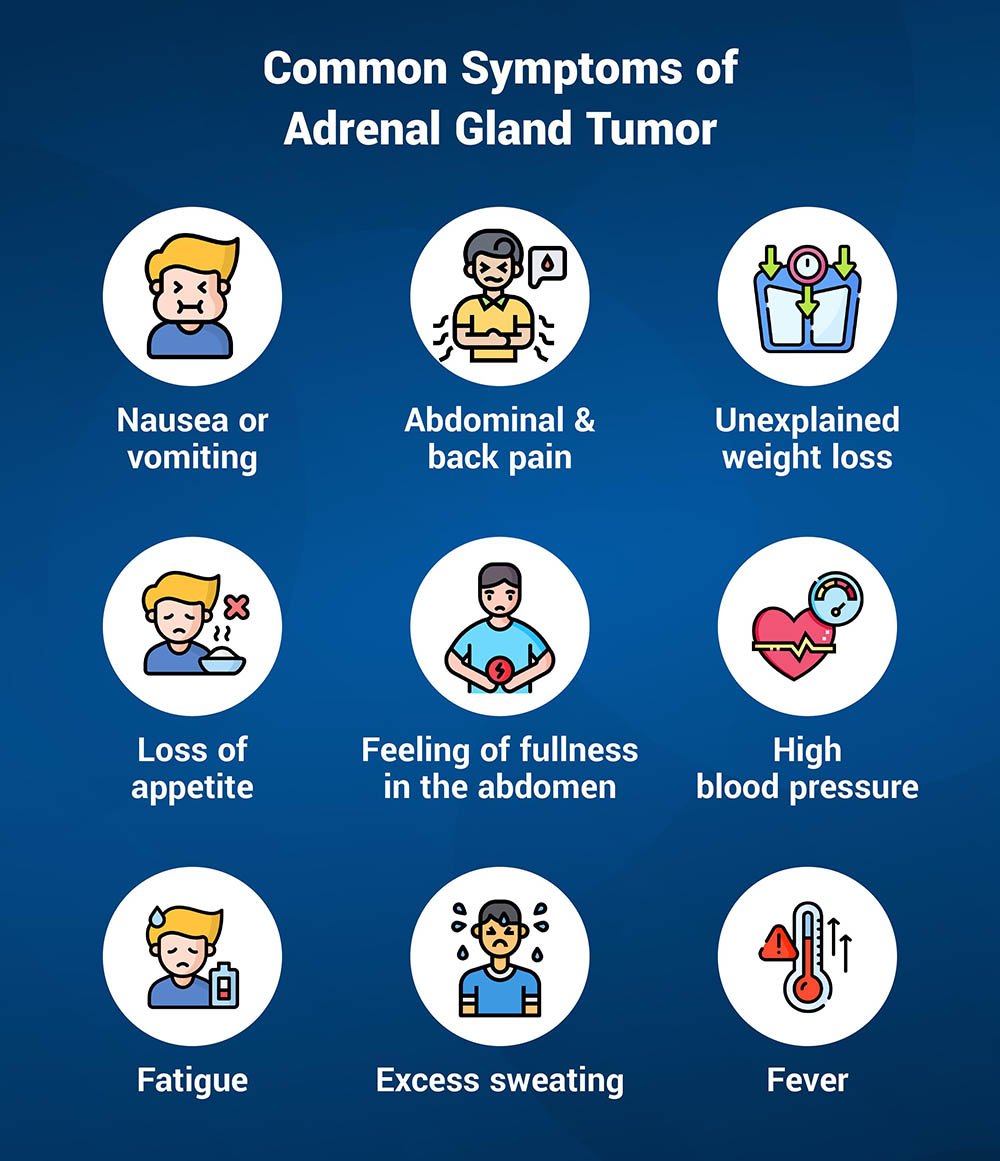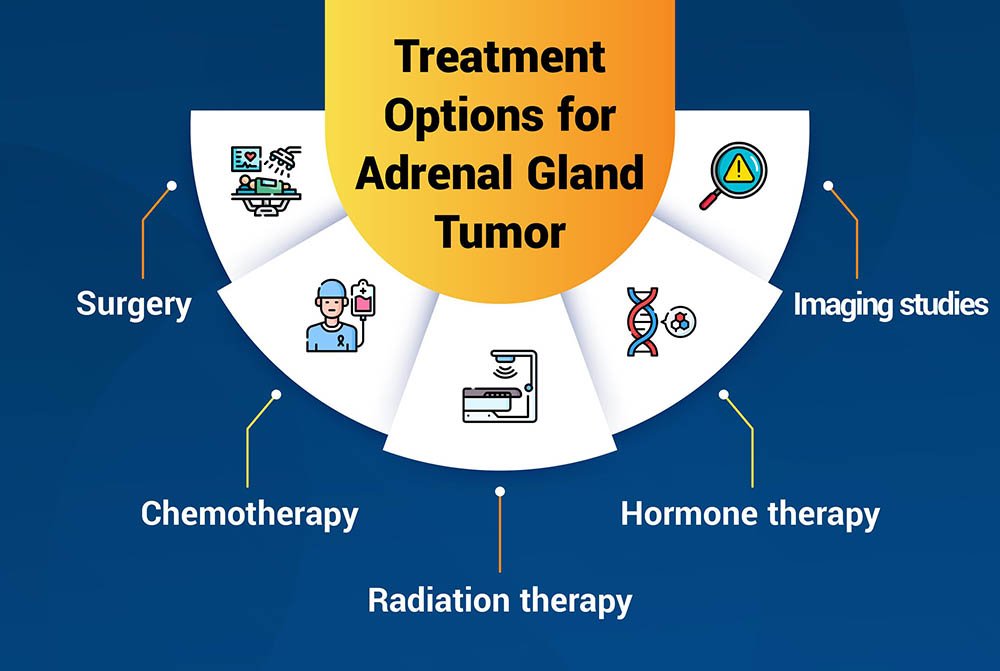The adrenal glands are small, triangular-shaped organs on top of the kidneys. Made up of two distinct parts: the outer layer (the adrenal cortex) and the inner layer (the adrenal medulla).
– The adrenal cortex is responsible for producing a variety of hormones, including cortisol, aldosterone, and androgens
– The adrenal medulla produces adrenaline and noradrenaline, which are involved in the body’s fight or flight response.
The adrenal glands play a vital role in the endocrine system, which produces and regulates hormones throughout the body. Adrenal glands help to regulate blood pressure, metabolism, immune response, and stress response. Cortisol, for example, helps to regulate glucose metabolism and the body’s response to stress, while aldosterone helps to regulate salt and water balance in the body. Conversely, androgens play a role in sexual development and function, while adrenaline and noradrenaline prepare the body for physical activity or stress.
Overall, the adrenal glands are essential for maintaining hormone balance. Any abnormalities or tumors in these glands can disrupt the balance of hormones, leading to various symptoms and health issues.
Table of Contents
What is an Adrenal Gland Tumor?
This is a type of cancer that develops in the adrenal glands. The tumor can be either benign (noncancerous) or malignant (cancerous). While most tumors are not cancerous, it’s important to recognize the symptoms and seek medical attention if they appear.
Adrenal gland tumor can start in the adrenal gland or spread from cancer in other body parts.
Symptoms

Adrenal gland tumor is a rare cancer affecting one or both adrenal glands. Their symptoms can vary depending on the type and size of the tumor. Some common symptoms of adrenal gland tumor include the following:
General symptoms
- Abdominal pain or discomfort
- Back pain
- Unexplained weight loss
- Fatigue
- Loss of appetite
- Nausea or vomiting
- A feeling of fullness in the abdomen
- Sweating excessively
- Fever
- High blood pressure
Hormonal symptoms
- Excess cortisol production (Cushing’s syndrome): Adrenal gland tumor can cause an overproduction of cortisol- a hormone that helps the body respond to stress. This can lead to various symptoms, including weight gain, particularly around the face and abdomen, high blood pressure, mood swings, and muscle weakness.
- Excess aldosterone production (Conn’s syndrome): Aldosterone is a hormone that regulates salt and water balance in the kidney by keeping sodium in and releasing potassium from the body. Overproduction of aldosterone can lead to high blood pressure, low potassium levels, and muscle weakness.
- Excess androgen production: Androgens are the group of male sex hormones, also present in females. Overproducing androgens can cause symptoms in females, such as excessive facial or body hair growth, acne, menstrual irregularities, and infertility.
Not all adrenal gland tumor cause symptoms; some may only be detected incidentally during imaging tests for other medical conditions. If you experience any symptoms, it’s important to consult a healthcare professional for proper diagnosis and treatment.
Risk Factors
Some risk factors that may increase the likelihood of developing adrenal gland tumors include:
- Genetics: Some genetic syndromes, such as multiple endocrine neoplasia type 1 (MEN1), type 2 (MEN2), and Von Hippel-Lindau (VHL) syndrome, can increase the risk of developing adrenal gland tumor.
- Age: Most adrenal tumors occur in people over 40 years old.
- Gender: The tumors are more common in women than in men.
- Smoking: Quit smoking, as tobacco is the leading cause of cancer and cancer deaths.
Diagnosing Adrenal Gland Tumors
1. Physical examination
A healthcare professional may perform a physical examination to check for signs of an adrenal gland tumor, such as a mass or swelling in the abdominal area. The provider may also check for any physical changes caused by hormonal imbalances, such as high blood pressure, weight gain, or excessive hair growth.
2. Imaging tests
According to the American Cancer Society, most benign adrenal tumors are found in 1 in every 10 people with imaging tests like a CT scan or MRI of the adrenal gland. Ultrasound and PET scans can also help detect the presence of an adrenal gland tumor and determine its size and location.
3. Hormone tests
These are performed to determine whether the tumor is causing hormonal imbalances. The tests may include- blood tests to measure hormone levels, such as cortisol, aldosterone, and androgens. A 24-hour urine sample may also be used to measure hormone levels.
4. Biopsy
This involves removing a small tissue sample from the tumor for examination under a microscope. A biopsy can help determine whether the tumor is benign or malignant.
It is important to understand that not all adrenal gland tumor cause hormonal imbalance, and similarly, not all symptoms of hormonal imbalance are caused by adrenal gland tumor.
Types of Treatment for Adrenal Gland Tumor
Treatment options and recommendations depend on the type and stage of the tumor, possible side effects, and the patient’s preferences and overall health. Effective treatment options for adrenal gland tumor includes:

Surgery
The primary treatment for most adrenal gland tumor is surgical removal. The surgeon may remove only the tumor (adrenalectomy) or the entire adrenal gland. If the tumor is small and shows no evidence of cancer, laparoscopic surgery may be an option, a minimally invasive technique involving small incisions.
Chemotherapy
A type of advanced cancer treatment that uses drugs to kill cancer cells that keep growing, dividing, and making more cells. It may treat adrenal gland tumor that have spread to other body parts. Chemotherapy drugs are usually given through an IV (intravenous) line but can also be given orally.
Radiation therapy
It is a treatment that uses high-energy X-rays or other types of radiation to kill tumor cells. In rare cases, adrenal gland tumor that cannot be removed surgically may require radiation therapy. The most common radiation treatment is called eternal-beam radiation therapy, an advanced cancer treatment from a machine outside the body.
Hormone therapy
As adrenal gland tumor produces excess hormones; the hormone therapy may be used to treat certain types of adrenal gland tumors. The goal is to block the production of hormones or to prevent them from affecting the body.
Observation
In some cases, the tumor may be small and slow-growing and may not require immediate treatment. Instead, the healthcare provider may recommend regular monitoring with imaging studies to watch for any changes.
If you have been diagnosed with an adrenal gland tumor, contact an oncologist at Advanced Cancer Treatment Centers in Brooksville, Florida. Expert oncologists at ACTC will evaluate the case and recommend appropriate treatment options.
Prevention and Prognosis
A. Follow-up care
After treatment, the patient needs regular follow-up care to monitor for recurrence or new tumor. The frequency and type of follow-up care may vary depending on the type and stage of the tumor and the treatment received. Regular imaging tests, such as CT scans or MRIs, may be used to monitor and check for any changes.
B. Prognosis
Generally, benign adrenal tumors have a good prognosis, with a low risk of recurrence or metastasis. Malignant adrenal tumors have a poorer prognosis, with a higher risk of recurrence or metastasis. The 5-year survival rate for adrenal cancer ranges from 30% to 73%, depending on the cancer stage at diagnosis.
Conclusion
If you experience any symptoms, be vigilant about your health and seek medical attention, as early detection and treatment can improve the prognosis and increase the likelihood of successful treatment. Don’t hesitate to talk to your healthcare provider if there are concerns or questions about adrenal gland tumor or other health issues.










